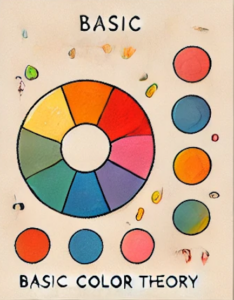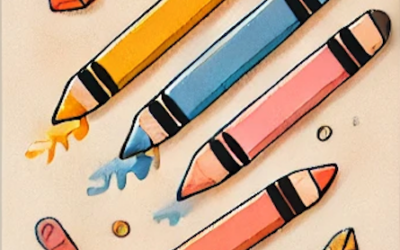Painting as a Tool for Emotional Development in Children
Art, and painting in particular, serves as a profound medium for emotional growth and development in children. It provides a safe space for them to explore, express, and process their feelings, contributing to their emotional well-being and resilience. In an era where mental health is gaining recognition as a cornerstone of overall health, the role of painting in fostering emotional intelligence cannot be overstated.
Painting as Emotional Expression
Children often find it challenging to verbalize their emotions, especially complex ones like sadness, anger, or fear. Painting offers an alternative channel for expression, allowing them to convey their feelings through color, shapes, and composition. For instance, a child who feels overwhelmed might use bold, chaotic strokes to represent their emotions, while a child experiencing joy might paint vibrant, harmonious scenes.
This process of externalizing emotions through art helps children acknowledge and validate their feelings. It also provides an opportunity for parents and teachers to understand what a child is experiencing, fostering empathy and communication.
Reducing Stress and Anxiety
Engaging in painting has a calming effect on children, similar to mindfulness practices. The repetitive and focused nature of creating art allows them to enter a state of flow, where they are fully immersed in the activity. This state of flow reduces stress and anxiety, providing a therapeutic outlet for children dealing with challenges in their personal or academic lives.
For example, during the COVID-19 pandemic, many children turned to art as a way to cope with isolation and uncertainty. Painting helped them express their fears and hopes, creating a sense of connection and normalcy in an otherwise tumultuous time.
Building Emotional Resilience
Painting teaches children valuable life skills such as patience and perseverance. Completing a detailed artwork requires focus and determination, especially when facing challenges like mixing colors or correcting mistakes. This process mirrors real-life situations where persistence and resilience are key to overcoming obstacles.
Moreover, painting allows children to take risks and embrace imperfection. They learn that mistakes are not failures but opportunities for growth and creativity. This mindset fosters emotional resilience, helping children navigate the ups and downs of life with confidence and optimism.
Fostering Empathy and Social Connections
Art can also be a communal activity that brings children together. Collaborative projects, such as murals or group exhibitions, teach them to appreciate different perspectives and work as a team. Sharing their artwork with peers and discussing their creative process fosters empathy and mutual understanding.
For instance, a classroom project where children paint scenes from their cultural heritage can spark conversations about diversity and inclusion. These interactions not only enhance emotional intelligence but also promote social harmony and respect for others.
Art Therapy and Emotional Healing
In therapeutic settings, painting is often used to help children process trauma and grief. Art therapists guide children in using painting to explore difficult emotions and experiences, providing a non-threatening way to address sensitive topics. This approach has proven effective in helping children build coping mechanisms and regain a sense of control over their emotions.
Conclusion
Painting is a powerful tool for emotional development, offering children a safe and creative way to express, process, and manage their feelings. By incorporating painting into daily life and educational settings, parents and teachers can support children’s emotional well-being and resilience. In a world that often prioritizes academic achievement, it is essential to recognize and nurture the emotional growth that painting facilitates.




Neque turpis vitae eros praesent varius. Egestas pellentesque urna blandit, sed ac leo ut mi, nam wisi, laborum donec erat amet.
Nec ut tellus ornare, orci tortor suspendisse aliquet sollicitudin rhoncus, maecenas suscipit cras porttitor vestibulum vivamus.
Eu et tellus vestibulum taciti et sit, nunc enim ipsum donec aliquam vitae, per mauris, amet ultrices. Pellentesque amet proin ut vestibulum eleifend nam, wisi vel tellus pulvinar mi risus consectetuer, sed faucibus facilisi, accumsan nam.